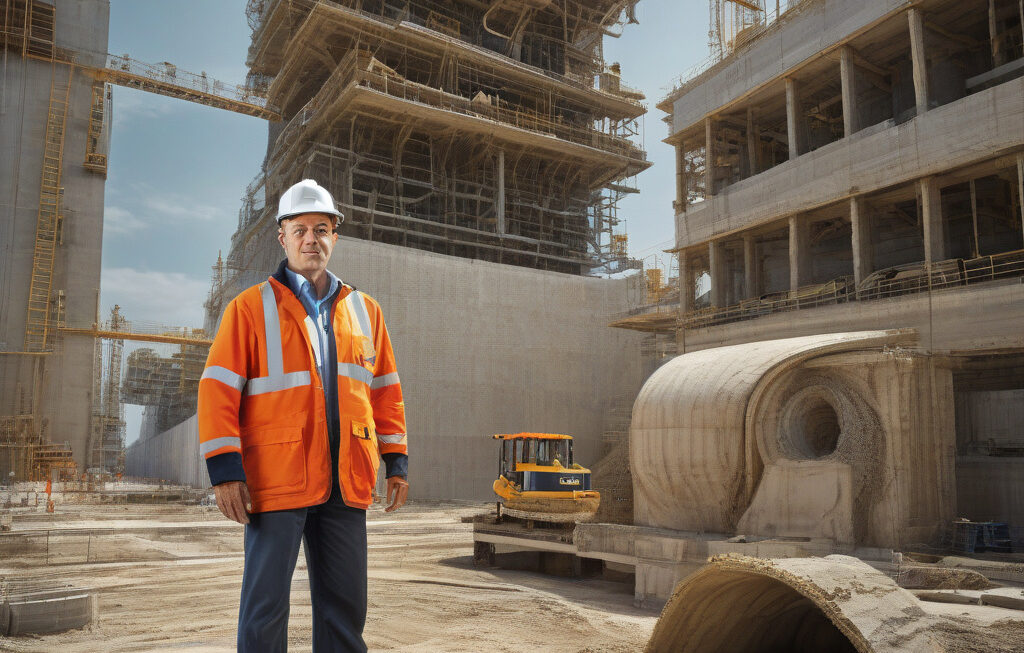Structural Failure: Analyzing the Devastating Collapse of a Skyscraper in Bangkok
A 30-story skyscraper under construction in Bangkok collapsed on Friday after a powerful earthquake struck, sending shockwaves through the city and leaving a trail of destruction in its wake. The harrowing video footage of the building folding in on itself like a house of cards has left many questioning the safety protocols in place for such projects, as well as the structural integrity of high-rise buildings in earthquake-prone regions.
The incident serves as a grim reminder of the catastrophic consequences that can result from structural failures in the face of natural disasters. As engineers and construction companies strive to push the boundaries of architectural design with ever-taller buildings, the need for stringent safety measures and rigorous testing becomes increasingly paramount.
In the case of the Bangkok skyscraper collapse, preliminary investigations point towards possible flaws in the building’s foundation and structural framework. Reports suggest that substandard materials may have been used during construction, compromising the overall stability of the edifice. This highlights the importance of adhering to building codes and quality standards to ensure the durability and safety of structures, especially in areas prone to seismic activity.
Furthermore, the role of proper risk assessment and mitigation strategies cannot be understated when undertaking large-scale construction projects. Engineers must take into account the specific geological and environmental factors of a region to implement measures that can enhance a building’s resilience to potential hazards. From reinforced foundations to flexible building designs that can withstand lateral forces, there are various techniques available to minimize the risk of structural failure during earthquakes.
In the aftermath of the Bangkok skyscraper collapse, authorities have launched a comprehensive inquiry to determine the root causes of the tragedy and hold accountable those responsible for any negligence or oversight. This incident should serve as a wake-up call for the construction industry to prioritize safety and quality assurance at every stage of a project, from planning and design to execution and completion.
As the global population continues to urbanize and cities expand vertically, the need for stringent regulations and oversight in the construction sector becomes more pressing. Building resilient and sustainable structures that can withstand the forces of nature is not just a matter of compliance but a moral imperative to safeguard lives and property.
In conclusion, the collapse of the skyscraper in Bangkok is a stark reminder of the inherent risks associated with ambitious construction projects and the importance of upholding safety standards in the built environment. By learning from such tragic events and implementing corrective measures, we can strive towards creating a more secure and resilient infrastructure that stands the test of time, even in the face of natural disasters.
safety, construction, earthquake, structural engineering, Bangkok











